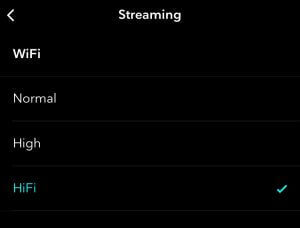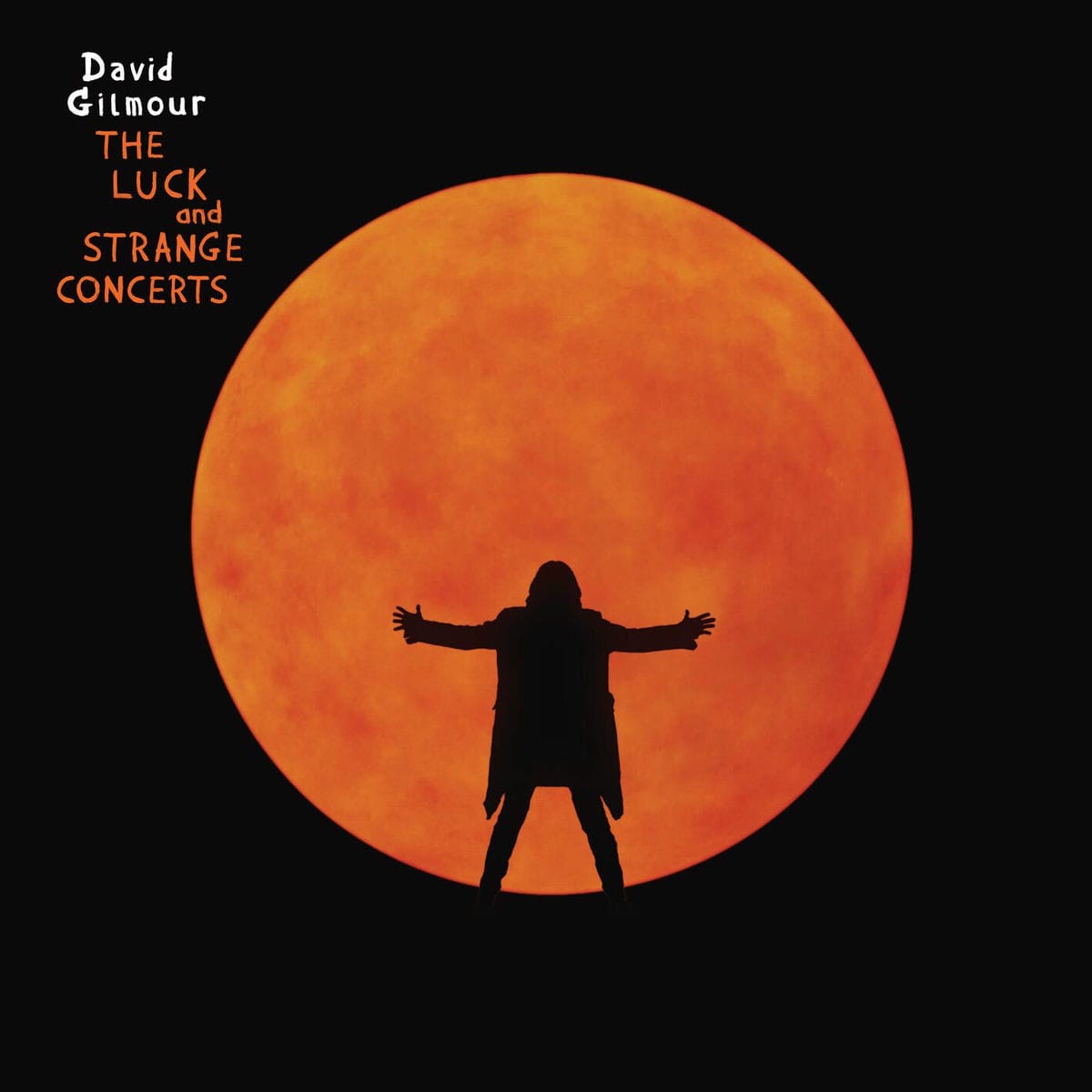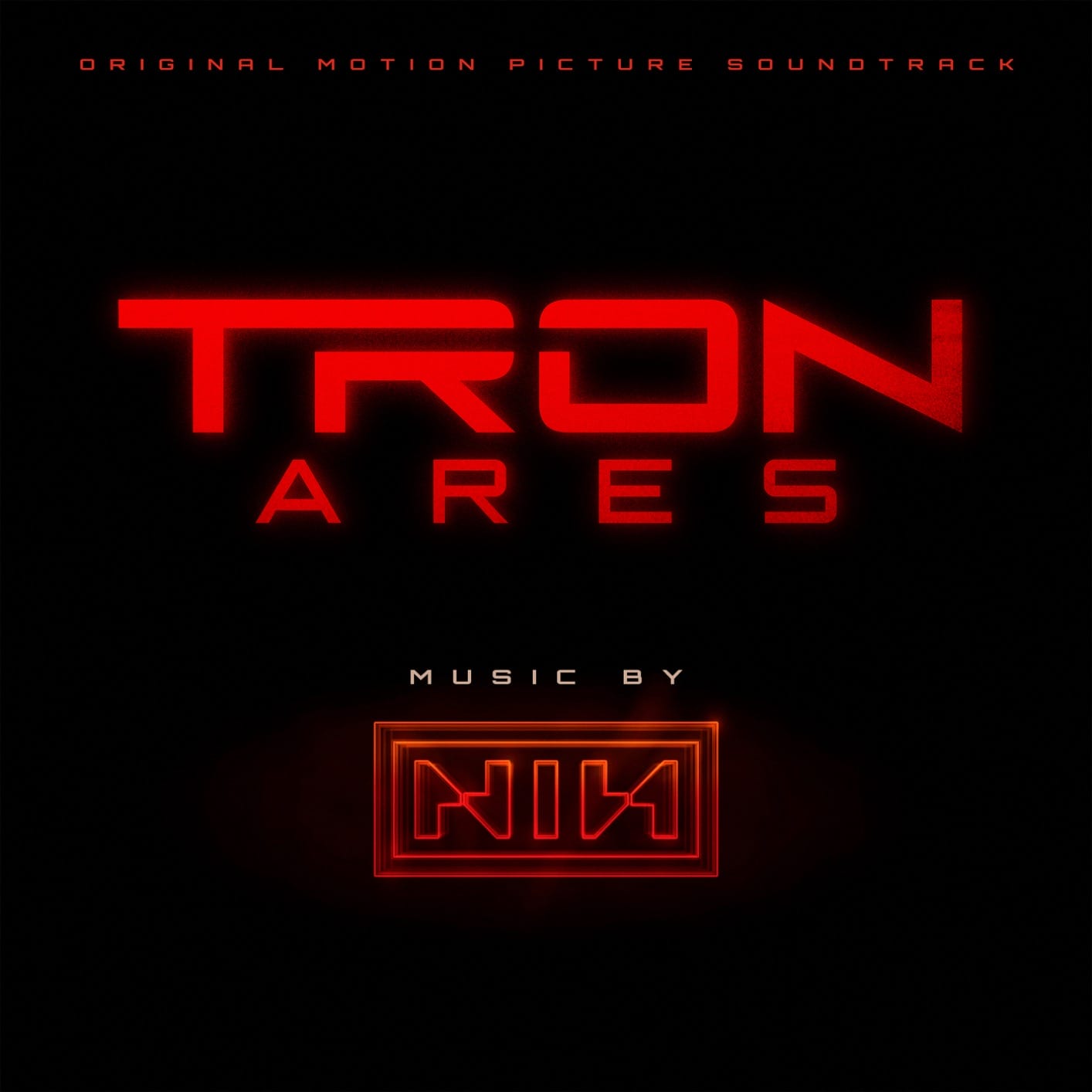This is part 1 of “Listening to music in a better sound quality.”
If you like listening to music, chances are you normally do it via digital files. The most popular players nowadays are a computer or a smartphone, and you probably listen to an MP3 file you previously downloaded, or use a music streaming service like Spotify, Apple Music, and the like, that streams MP3 files. You might even use -God save as all- YouTube.
Digital music files are pretty convenient. For starters they don’t occupy actual physical space, unlike Vinyl Records, Tapes, or CDs (which actually have digital files stored on them.) You can also easily have thousands of songs on your computer or smartphone, and make unlimited copies of them whenever you want to. Or you could stream, from almost wherever you happen to be, the literally millions of songs available from online streaming services.
That all sounds good, so what’s the problem, you ask? Well…
Digital music files come in many types, the most common one being the MP3. The legendary MP3, (which has now been mostly succeeded by the AAC, which is an updated version of the same kind of compression algorithm), as you may know, allows for songs to be encoded in very small files. The tradeoff is that they lose sound quality as a result, getting distortion, noise, losing dynamic range, and can sound flat, and overly compressed. This can lead to a very fatiguing listening experience, even if you might not be actually conscious of it. To my ears, MP3s sound like a rougher, photocopied version of the original song.
Some people claim they don’t hear a difference between a high quality digital music file and an MP3. I personally think there is a huge difference, and I believe if you don’t care about the reduced sound quality of an MP3 and the like, it’s because you’re probably used to them.
I myself used to listen to a lot of music on MP3, back in the years of my (worn out) iPod. I confess I regret it a bit, because I truly believe I somewhat damaged my ears, (and probably part of my mind too), by listening so much to those low quality files. Not that I noticed much back then. Like I said, I was used to it. It was when I finally switched to high quality digital music files that I started to open my eyes, (and my ears, I guess).
The most popular type of high quality digital music format that exists today is FLAC. FLAC is a type of lossless encoding in which the digital music files preserve all their original content. They are the equivalent to CD quality. They might even be better than CD quality, as digital files like FLAC are not limited by the encoding standards of CDs. (This last point is somewhat a controversy, because back when the CD quality standard was introduced, it was made according to what researchers concluded was the highest quality the human ear was able to perceive.)
So in essence, listening to FLAC files is equivalent to listening to music in CD quality, which to me is sweet. The drawback is that now you have to deal with bigger files, almost 5 or 10 times bigger than an MP3. (Of course they’d be bigger. They contain more musical information.)
Anyway, you could buy music in FLAC format, if you wanted to, or rip your own CD collection in FLAC, but the awesome thing is that there are now music streaming services available that not only offer streaming in compressed audio quality like MP3, Ogg, or ACC, but also FLAC. The options for these services are quite limited. I only know of two streaming companies that offer the option of streaming FLAC files, but for me, it’s a dream come true.
Using a service like that, you could stream all the high quality music files you could want via WiFi, or download full albums in FLAC to your smartphone for listening on the go, (and preserve your precious data plan, as streaming those high quality songs over a cellular network could deplete it pretty fast.)
My personal music streaming service of choice is Tidal. Its catalog of music is top notch, and it offers it all in FLAC too. Some might complain that the HiFi subscription is pricier than the normal one, especially if they claim they can’t hear a difference in quality. I’d say to each their own (no, really, you should switch to HiFi). For my part, I can attest to how much joy streaming music in high quality gives me, and for me, it’s totally worth the extra bucks.
I hope this article has made you consider switching to a HiFi music streaming service. I know I’ll never go back.
CLICK HERE for part 2 of “Listening to music in a better sound quality.”







